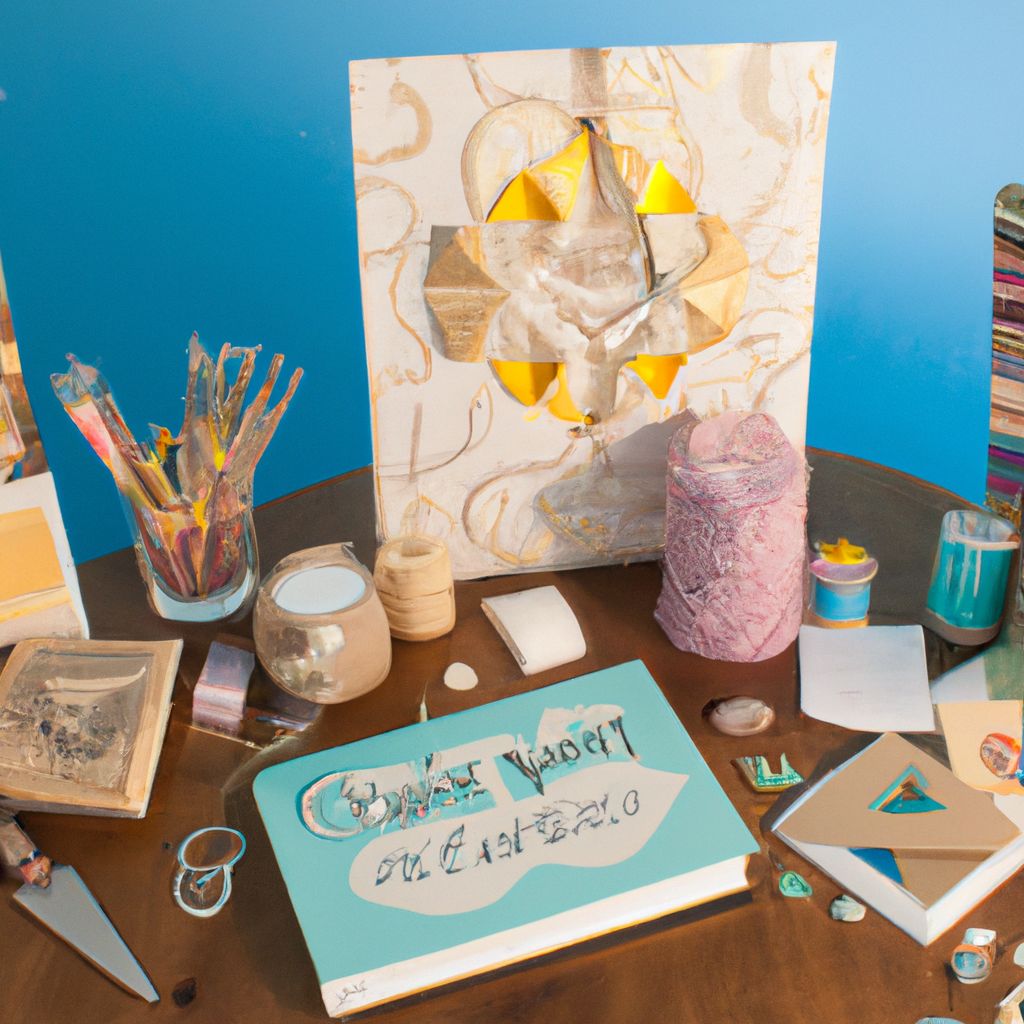- Introduction to the Art of Crafting with Paper
- Understanding Different Types of Paper Crafts
- Diving into the History of Paper Mache
- Steps to Create Your First Paper Mache Project
- Exploring the Versatility of Papercraft
- Guidelines for Beginners in Papercraft
- Popular Papercraft Projects You Can Try at Home
- Essential Supplies for Paper Crafting
- Safety Tips When Handling Paper Crafting Materials
- Benefits of Engaging in Paper Crafts
- Case Study: Successful Paper Crafts and Their Creators
- Getting Creative: How to Make Your Own Paper Craft Designs
- Conclusion: The Joy of Paper Crafting and Next Steps
Introduction to the Art of Crafting with Paper
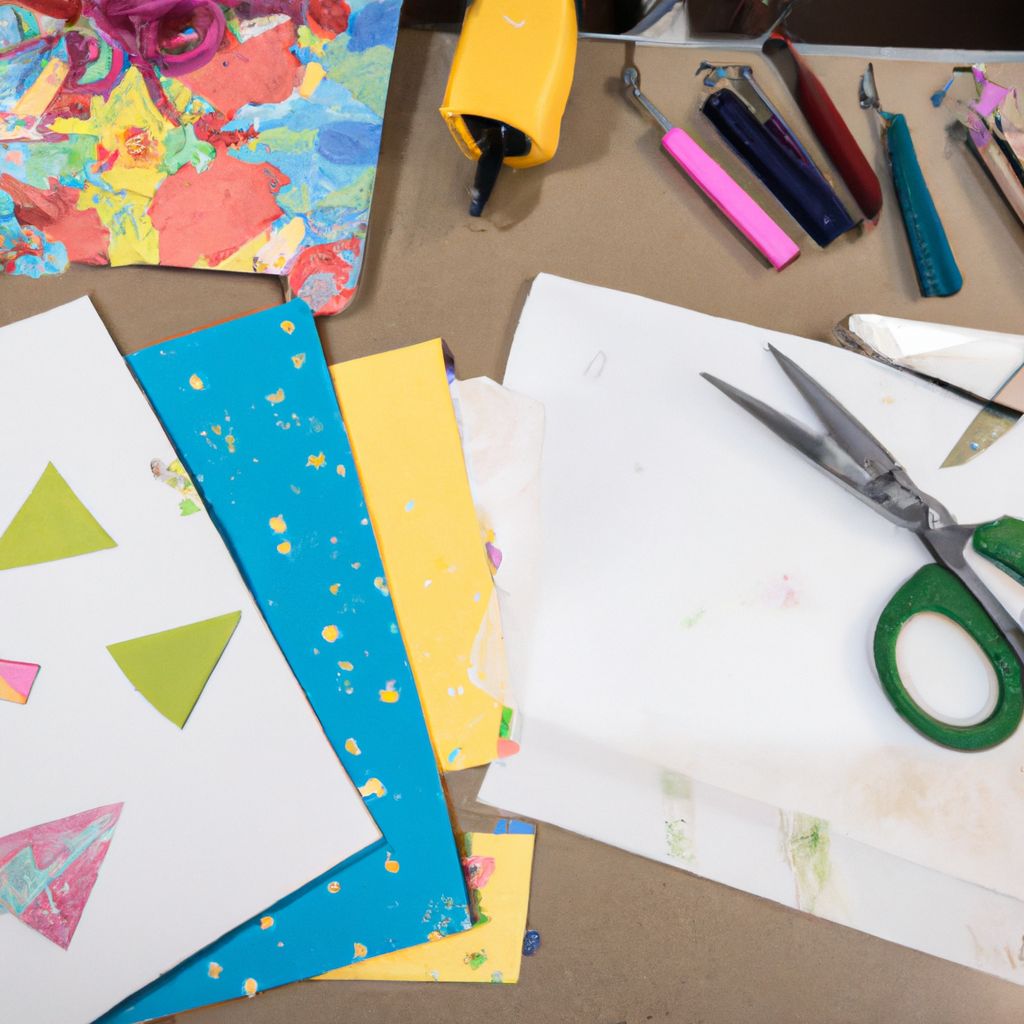
The art of crafting with paper is as ancient as the invention of paper itself. With its roots in ancient Egypt, China, and Japan, paper crafting has evolved into a vibrant global hobby. From the simple folding techniques of origami to the more intricate sculpting methods of paper mache, this art form has captured the imaginations of millions worldwide.
Global statistics reveal an increasing interest in paper crafts. According to a recent survey by the Craft and Hobby Association, paper crafting is the third most popular craft in the United States, with approximately 10.2 million enthusiasts. This article aims to explore the fascinating world of paper mache and papercraft projects, providing insights, history, and exciting project ideas.
Understanding Different Types of Paper Crafts
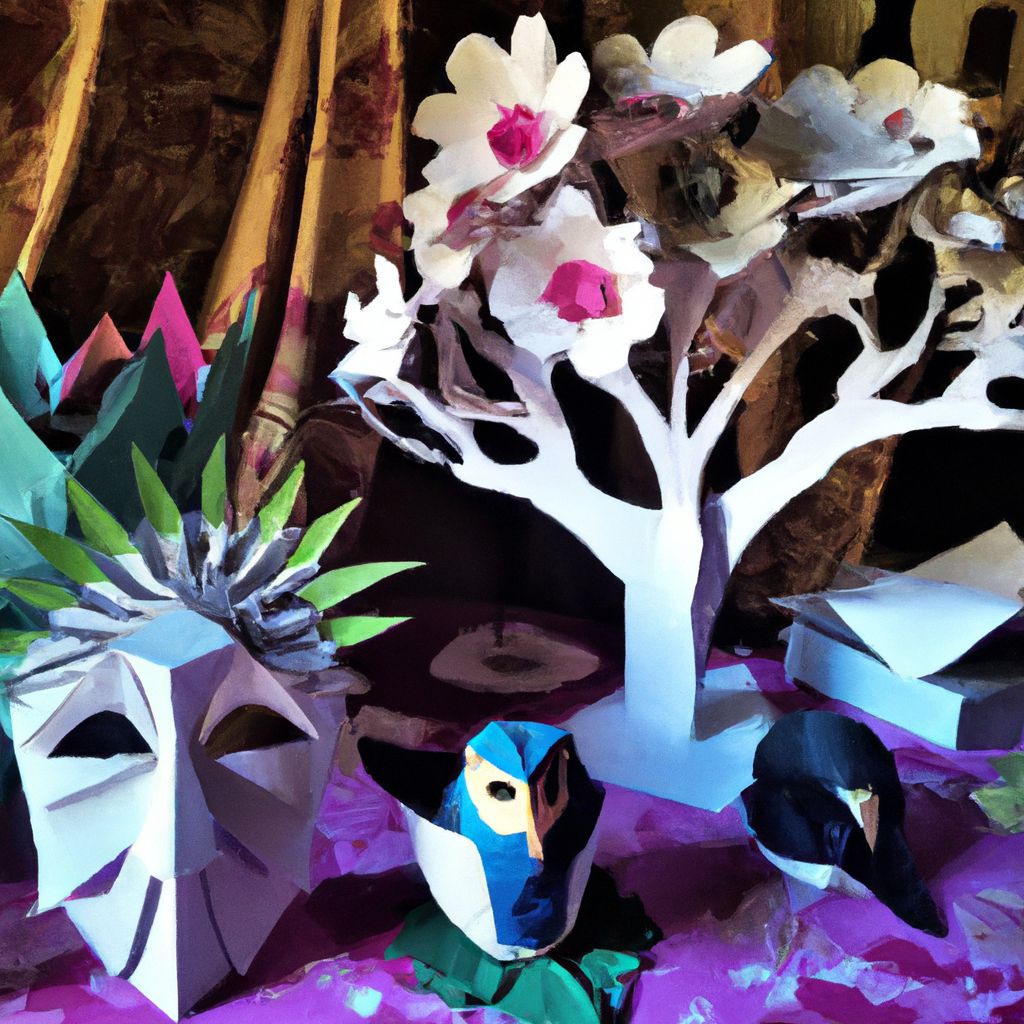
Although paper crafting encompasses a wide range of techniques, it largely falls into two categories: paper mache and papercraft. These techniques offer a diverse range of opportunities for creative expression and are accessible to all skill levels.
Paper Mache: Also known as papier-mâché, this is a composite material consisting of paper pieces or pulp, often reinforced with textiles, and bound with an adhesive such as glue or starch. Originating from China during the Han Dynasty, paper mache was used to create helmets which were then lacquered to make them tough and waterproof. Today, it is widely used in arts and crafts to create sculptures, masks, dolls, and more.
Papercraft: This term broadly refers to crafts that involve folding, cutting, pasting, or molding flat sheets of paper into three-dimensional objects. This includes techniques such as origami (the art of paper folding), kirigami (the art of cutting and folding paper), quilling (the art of rolling and gluing thin strips of paper together), and scrapbooking.
“Paper crafting is a wonderful way to express your creativity. Each sheet of paper holds infinite possibilities, limited only by your imagination.” - Laura Smith, Professional Paper Craft Artist
Diving into the History of Paper Mache
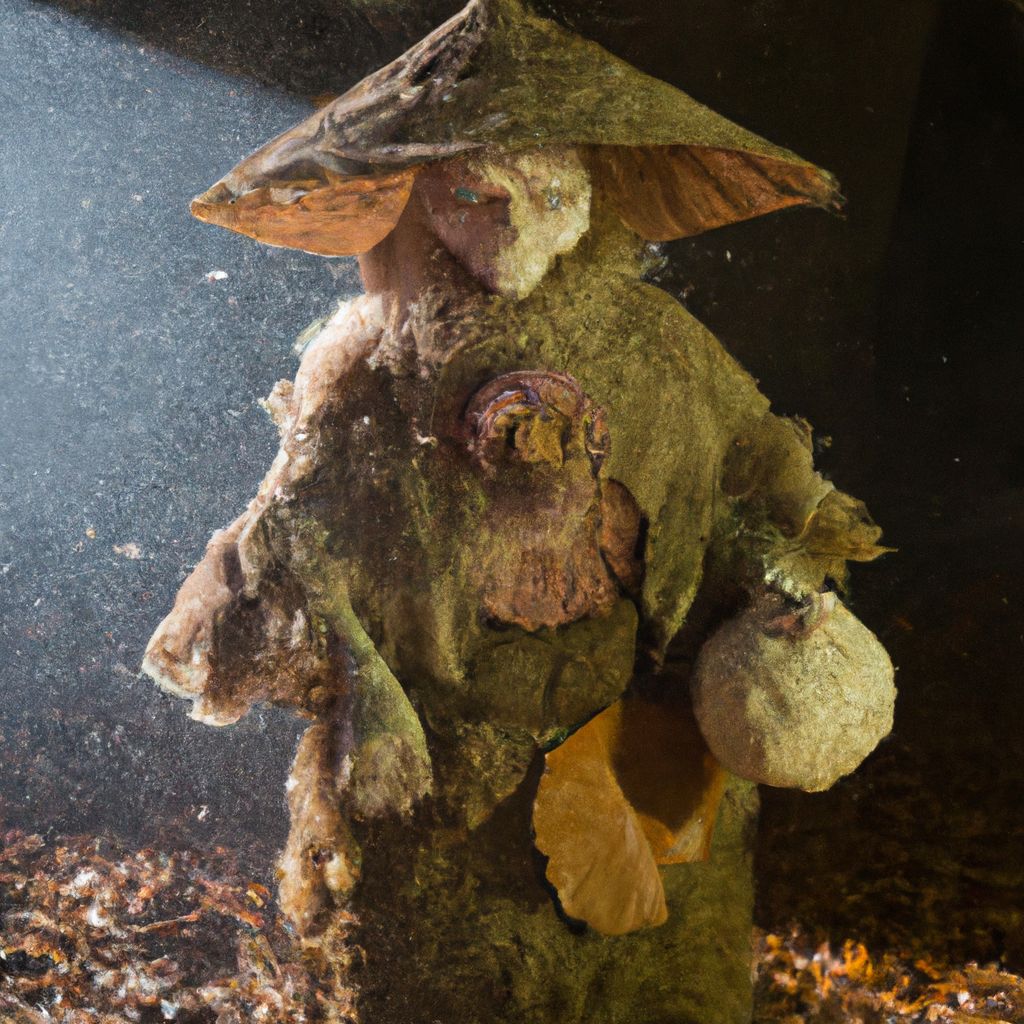
Understanding the history of paper mache offers a richer appreciation for this versatile crafting technique. As mentioned earlier, the art of paper mache began in China during the Han Dynasty, around 202 B.C. to 220 A.D. However, it wasn't just used for creating helmets; artisans also used paper mache to create boxes, trays, and other household objects.
After China, the craft spread to Japan and Persia, where it was used to create ornate lacquerware. Persian artisans, in particular, became well-known for their beautifully decorated paper mache objects. The term "papier-mâché" itself is French, translating to "chewed paper," and the technique became popular in France in the 17th century for creating decorative furniture.
During Victorian times, paper mache became widely popular in England. Artisans would create trays, snuff boxes, and even furniture.
Today, paper mache is a beloved craft enjoyed by both children and adults. It's a staple in school art classes due to its low cost and versatility. Artists and craft enthusiasts also use it to create intricate sculptures and decorative items.
Steps to Create Your First Paper Mache Project
If you're inspired to try your hand at paper mache, here is a simple project to get you started: a paper mache bowl. You'll need newspaper strips, a balloon, a bowl, white glue, water, a paintbrush, and acrylic paint.
- Prepare your workspace: Cover your work area with old newspapers or a drop cloth for easy cleanup.
- Make the paste: Mix equal parts of white glue and water in a bowl to create a smooth paste.
- Blow up the balloon: Inflate the balloon to the desired size of your bowl.
- Apply the paper: Dip a strip of newspaper into the glue mixture, remove excess paste, and place it on the balloon. Repeat this process, overlapping the strips until the balloon is covered. Leave a small area around the knot uncovered.
- Let it dry: Allow the paper mache to dry completely. This may take 24 to 48 hours.
- Pop the balloon: Once dry, pop the balloon and remove it through the uncovered area.
- Paint your bowl: Use acrylic paint to decorate your bowl. Let the paint dry, and your paper mache bowl is complete!
Remember, paper mache is a messy process, so wear clothes you don't mind getting dirty. And most importantly, have fun!
Exploring the Versatility of Papercraft

The beauty of papercraft lies in its versatility. With just a few folds and cuts, a simple sheet of paper can be transformed into a complex design or a stunning piece of artwork. This section delves into the different types of papercraft and their uses.
- Origami: From the Japanese words "oru" meaning "to fold," and "kami" meaning "paper," origami is perhaps the most well-known papercraft. It involves folding paper into intricate shapes and figures, ranging from animals and flowers to geometric shapes.
- Kirigami: Similar to origami, kirigami also involves folding paper, but incorporates cutting to create patterns and symmetrical designs. This technique is often used in creating pop-up books and cards.
- Quilling: This technique involves rolling thin strips of paper, then shaping them to create intricate designs. Quilling is often used for decorating cards, gift tags, boxes, and even jewelry.
- Scrapbooking: A popular hobby, scrapbooking involves creating personalized albums or "memory books." It combines photos, journaling, and decorative elements like stickers, stamps, and patterned papers.
Undoubtedly, the popularity of papercraft is a testament to its endless possibilities. As artist and papercraft enthusiast, Mark Montano, aptly puts it:
“The world of papercraft is like no other. It's not just about making things from paper, it's about transforming a humble material into something extraordinary.”
Guidelines for Beginners in Papercraft
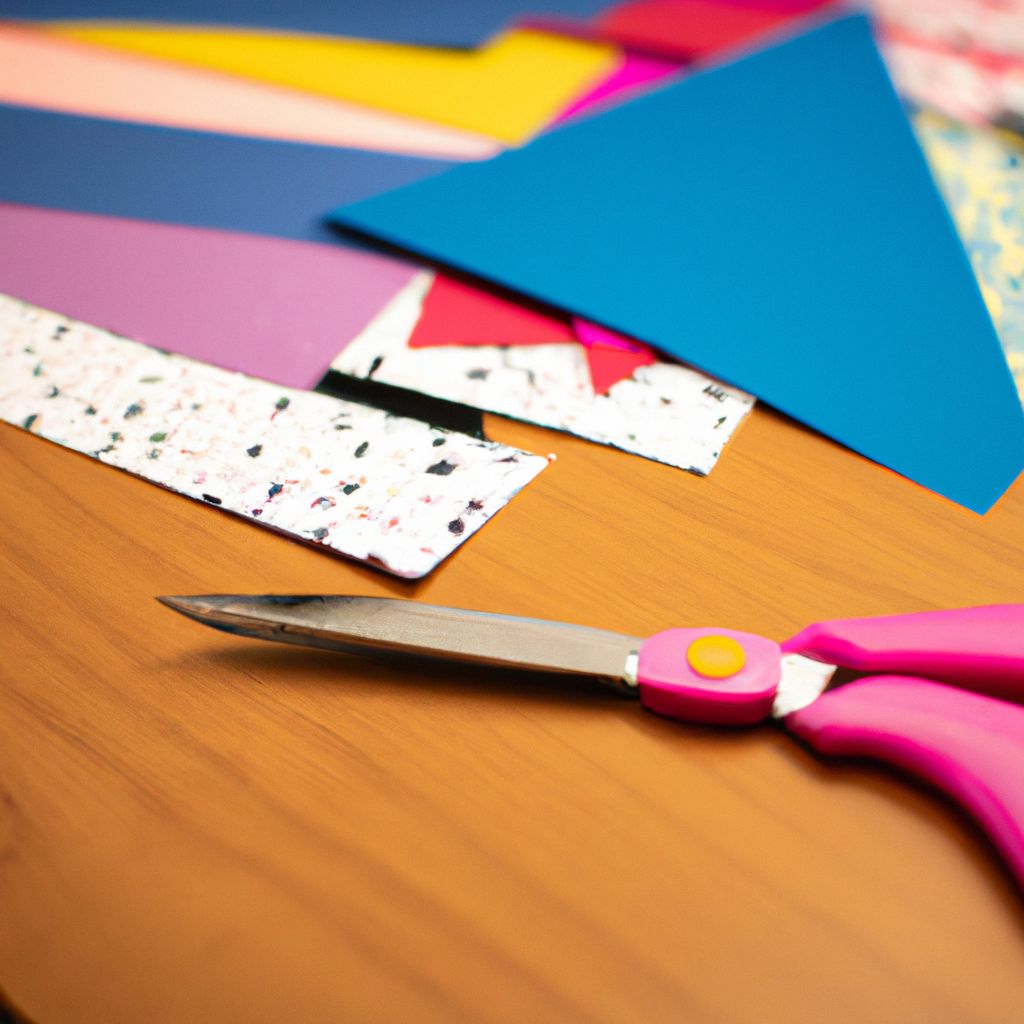
Starting a new hobby can seem daunting, but with a few tips and guidelines, you'll be well on your way to creating beautiful papercraft projects. Here are some suggestions for beginners:
- Start small: Begin with simple projects that require basic tools and techniques. As your skills improve, you can gradually take on more complex projects.
- Invest in good quality materials: The quality of your paper and tools can significantly impact the outcome of your projects. Invest in good quality scissors, a cutting mat, and a variety of paper types and weights.
- Learn the basics: Familiarize yourself with the basic folds and cuts used in papercraft. There are many online tutorials and books available that can guide you through the learning process.
- Practice patience: Papercraft is a meticulous hobby that requires patience and precision. Don't rush the process. Enjoy each step, and remember that practice makes perfect.
- Join a community: Connecting with other papercraft enthusiasts can provide inspiration, motivation, and valuable tips. Consider joining a local crafting group or an online community.
Remember, the most important aspect of papercraft is to have fun and enjoy the creative process. As you gain confidence, you'll find that the possibilities are truly endless.
Popular Papercraft Projects You Can Try at Home
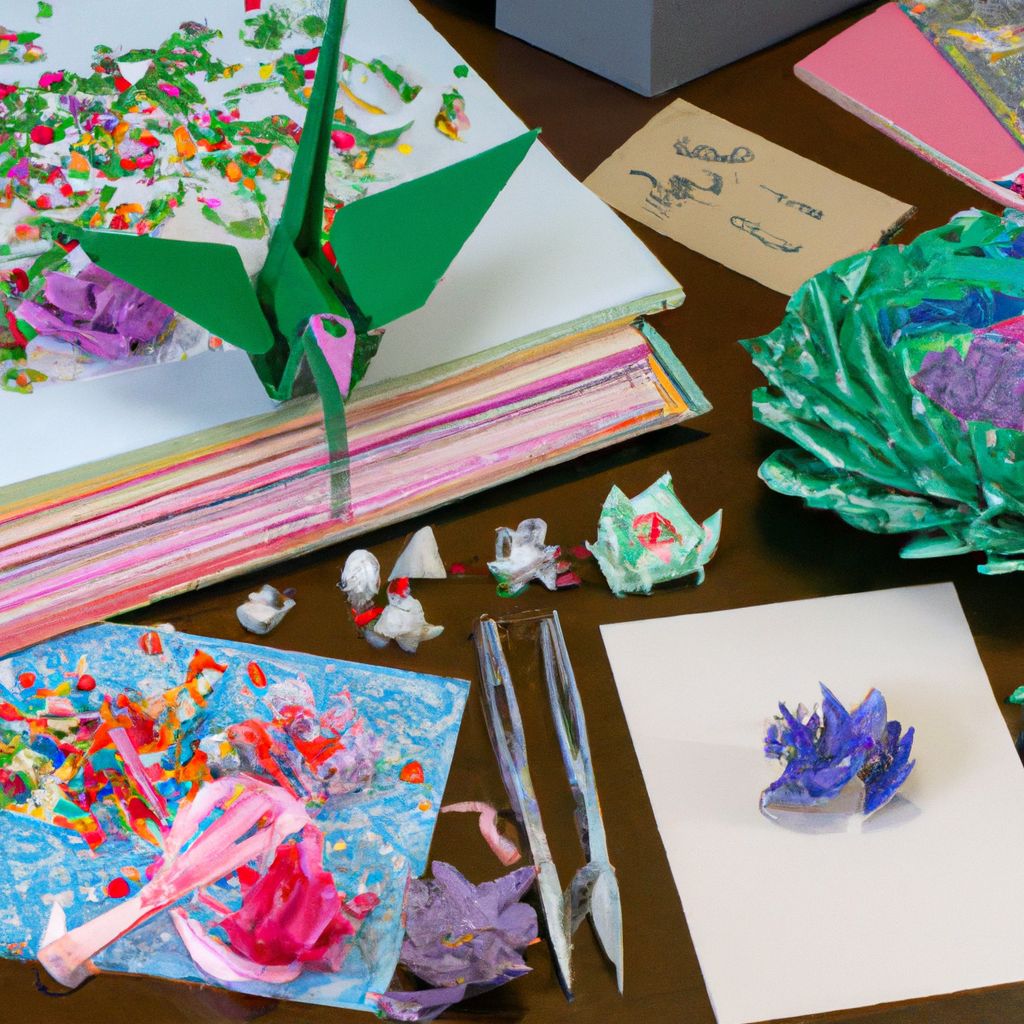
If you're eager to try your hand at papercraft, here are some popular projects that you can create from the comfort of your home. These projects vary in complexity, allowing you to choose based on your skill level and the materials you have on hand.
- Origami Crane: The crane is a classic origami project that symbolizes peace and longevity in Japanese culture. All you need is a square piece of paper.
- Pop-up Greeting Card: Add a personal touch to your greetings by creating a pop-up card. This project involves simple kirigami techniques.
- Quilled Flowers: Create beautiful, intricate flowers using colored paper strips and a quilling tool. These can be used to decorate greeting cards or framed as artwork.
- Scrapbook Page: Document your memories creatively by designing a scrapbook page. Combine photos, journal entries, and decorative elements to tell your story.
Each of these projects can be customized to suit your style and preferences. They also make thoughtful, handmade gifts for friends and family. Happy crafting!
Essential Supplies for Paper Crafting
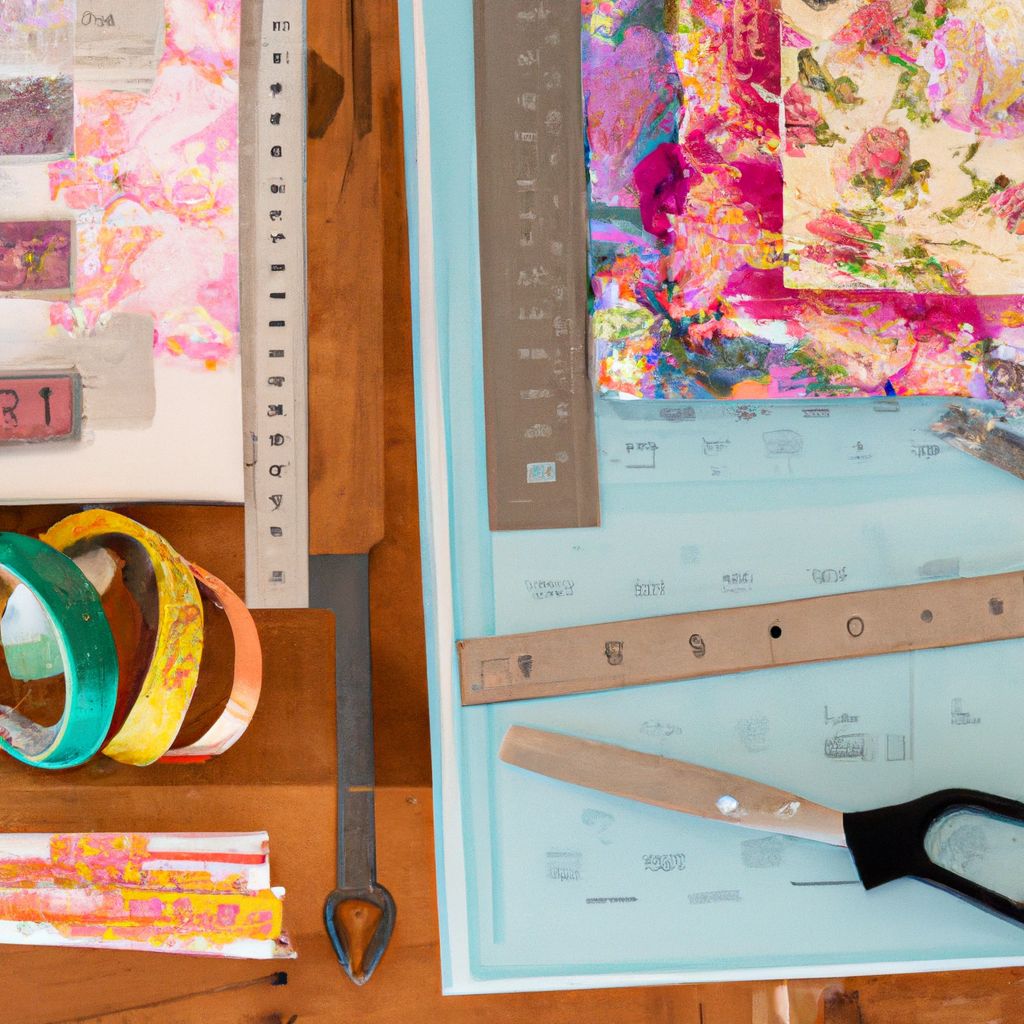
Before you start your paper crafting journey, it's important to gather all the necessary tools and supplies. Having the right materials on hand not only makes the crafting process smoother but also enhances the quality of your finished projects. Here's a list of essential supplies that every paper crafter should have:
- Paper: A variety of papers are used in paper crafts, including cardstock, origami paper, construction paper, and scrapbook paper. The choice of paper depends on the project and the technique being used.
- Scissors: A good pair of scissors is crucial for precise cutting. It's worth investing in a pair that's designed for crafting.
- Adhesive: Depending on your project, you may need different types of adhesives, such as glue sticks, liquid glue, double-sided tape, or adhesive dots.
- Ruler and Cutting Mat: For precise measurements and cuts, a ruler and a self-healing cutting mat are essential.
- Folding tool: A bone folder is a handy tool for creating crisp folds. It's especially useful in origami and card making.
- Decorative elements: Items like stickers, stamps, ribbons, and washi tape can add a creative touch to your projects.
While this list covers the basics, your supply needs may change as you explore different types of paper crafts. Remember to organize your supplies for easy access and to protect your materials from damage.
Safety Tips When Handling Paper Crafting Materials
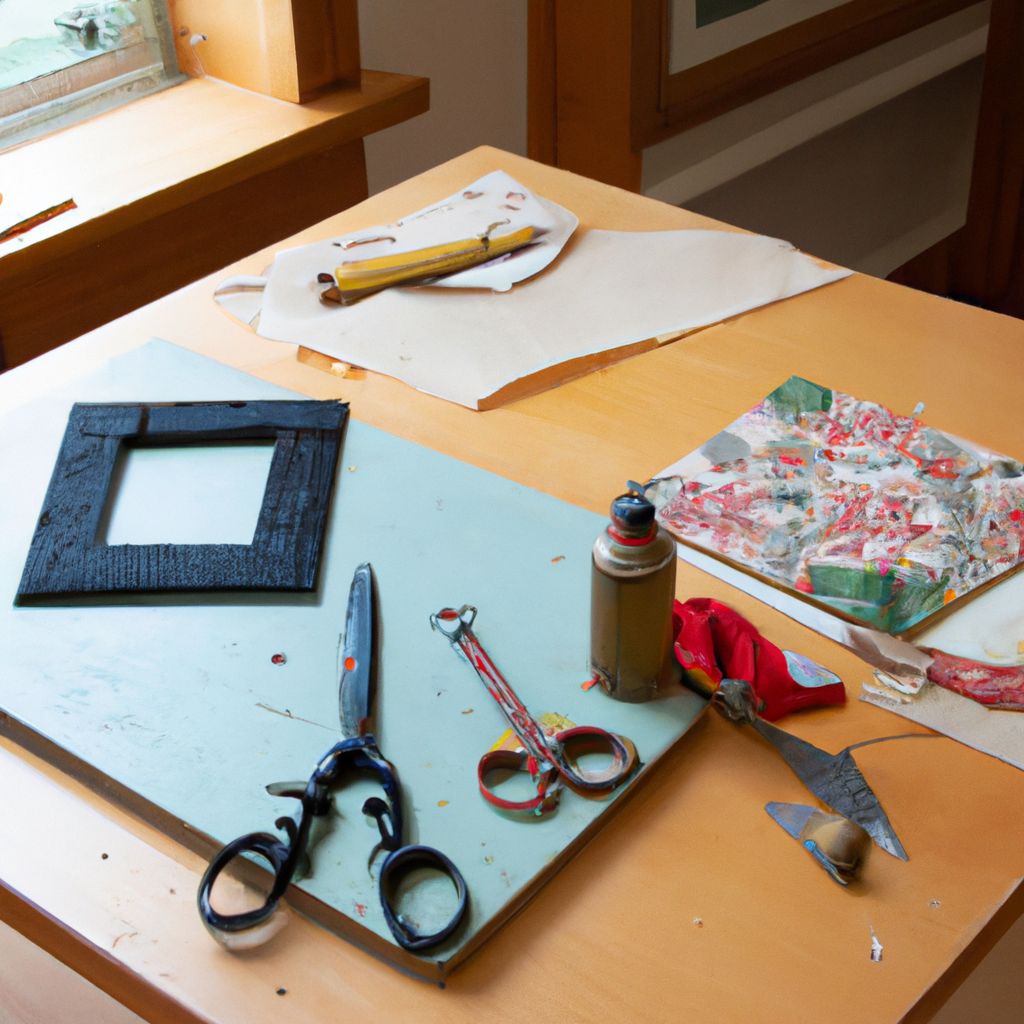
Paper crafting is a relatively safe hobby, but it does involve the use of sharp tools and adhesives. Therefore, it's important to keep some safety guidelines in mind. Here are a few tips to ensure that your crafting experience is not only enjoyable but also safe:
- Handle Sharp Tools with Care: Scissors, craft knives, and other sharp tools should be handled with care. Always cut away from your body and store these tools in a safe place when not in use.
- Use Adhesives in a Ventilated Area: Some adhesives can release fumes that can be harmful if inhaled in large quantities. Make sure to work in a well-ventilated area and always replace the cap on your glue when you're done using it.
- Keep Your Workspace Clean: A clean and organized workspace is not only more pleasant to work in, but it also reduces the risk of accidents. Dispose of scrap paper and other waste materials regularly.
- Supervise Children: If children are involved in paper crafting, make sure they are supervised at all times, especially when using sharp tools or adhesives.
Remember, safety should always be your priority. By following these guidelines, you can ensure that your paper crafting experience is both safe and enjoyable.
Benefits of Engaging in Paper Crafts
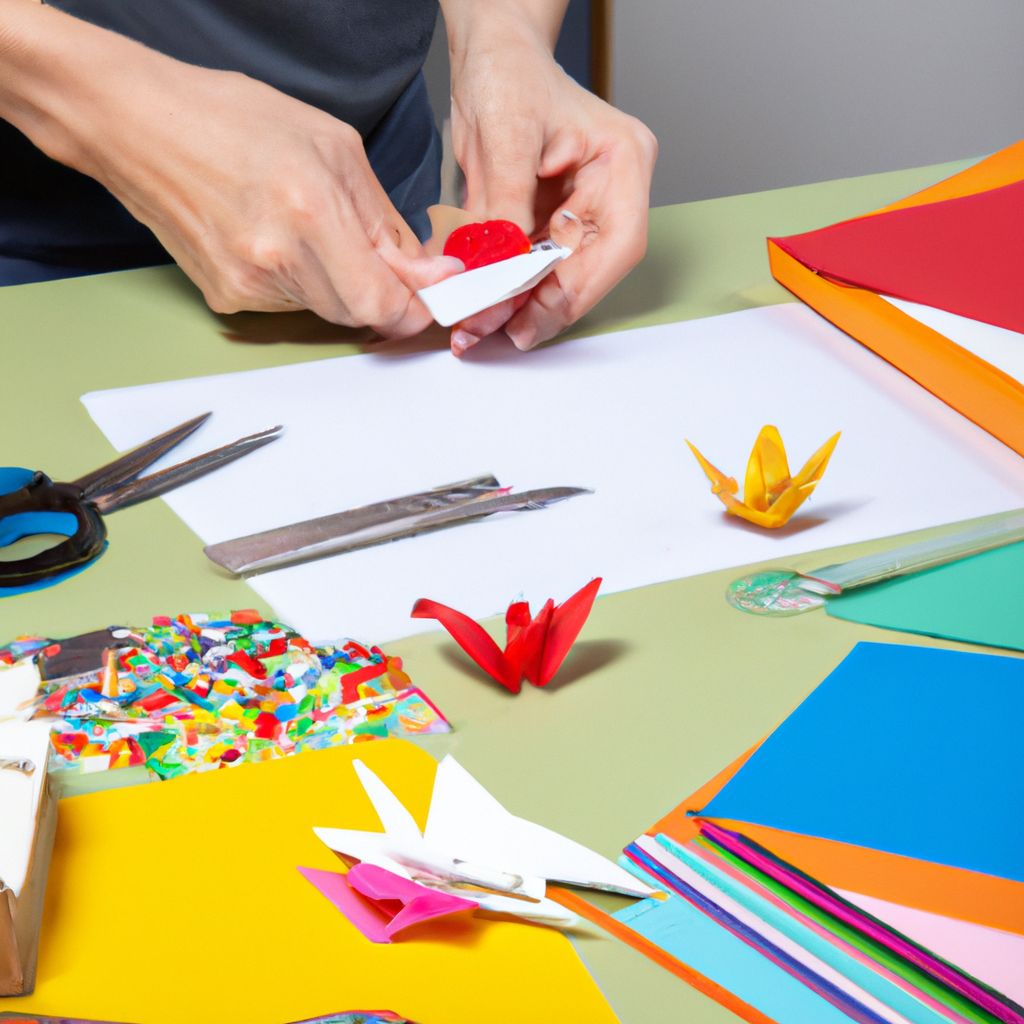
While the joy of creating beautiful things from paper is a reward in itself, the benefits of paper crafting extend far beyond the finished product. Engaging in paper crafts can offer numerous physical, mental, and emotional benefits. Here are some key advantages:
- Stress Relief: Crafting can serve as a form of meditation, allowing you to focus on the task at hand and momentarily forget about your worries. A study published in the British Journal of Occupational Therapy found that 81% of respondents felt happier after engaging in crafting.
- Improved Motor Skills: Cutting, folding, and gluing paper can help improve fine motor skills and hand-eye coordination. This makes paper crafting a great activity for both children and adults.
- Cognitive Development: Crafting can stimulate brain development and improve cognitive abilities like problem-solving and spatial awareness. It also promotes creativity and imaginative thinking.
- Social Connection: Joining a craft group or sharing your work with others can help foster social connections and a sense of community.
- Boosts Self-Esteem: Completing a craft project provides a sense of achievement and boosts self-esteem. Crafting can also serve as a creative outlet for self-expression.
In conclusion, paper crafting is not just a fun hobby – it's also a powerful tool for improving overall well-being.
Case Study: Successful Paper Crafts and Their Creators

Many artists and craft enthusiasts have leveraged the versatility of paper to create stunning artwork and successful businesses. This section explores a few inspiring examples.
1. Peter Dahmen: A renowned paper engineer from Germany, Peter Dahmen creates intricate pop-up sculptures from paper. He gained international acclaim when a video showcasing his pop-up cards went viral on YouTube. Today, he works as a freelance paper engineer and graphic designer, creating pop-up cards and three-dimensional paper artworks for clients around the world.
2. Susan Beech: A leading figure in the field of quilling, Susan Beech has turned her passion for paper into a successful business. She runs a popular Etsy shop, A Petal Unfolds, where she sells her beautifully quilled flowers and plants. Her work has been featured in numerous publications, including the Craft & Hobby Association's Craft Industry Today.
3. Lia Griffith: Having worked as a graphic designer, Lia Griffith turned her love for paper crafting into a thriving online platform. Her website offers DIY project tutorials, printable templates, and online craft classes. Griffith's work is a testament to the potential of paper crafting as a viable business.
These artists and entrepreneurs demonstrate the limitless potential of paper crafts. Their success stories serve as an inspiration to hobbyists and aspiring craft business owners alike.
Getting Creative: How to Make Your Own Paper Craft Designs

While it's perfectly fine to follow existing templates and tutorials, creating your own paper craft designs can be a rewarding experience. It allows you to express your creativity and add a personal touch to your projects. Here are some tips to help you get started:
- Explore Different Techniques: Familiarize yourself with various paper crafting techniques. Each technique offers unique possibilities, and combining them can lead to interesting results.
- Find Inspiration: Look for inspiration in books, online, or in your surroundings. You might be inspired by a pattern you saw on a piece of fabric, a shape in nature, or a design in a book.
- Sketch Your Ideas: Before you start cutting and folding, sketch your design on paper. This helps you visualize the final result and plan your steps.
- Experiment: Don't be afraid to experiment with different types of paper, colors, and textures. Sometimes, the most beautiful designs come from unexpected combinations.
- Learn from Mistakes: Not every design will turn out as you expected, and that's okay. Mistakes are part of the creative process and can lead to learning and improvement.
Creating your own paper craft designs can be a fun and fulfilling journey. Remember, the goal is to enjoy the process and express your creativity. Happy crafting!
Conclusion: The Joy of Paper Crafting and Next Steps
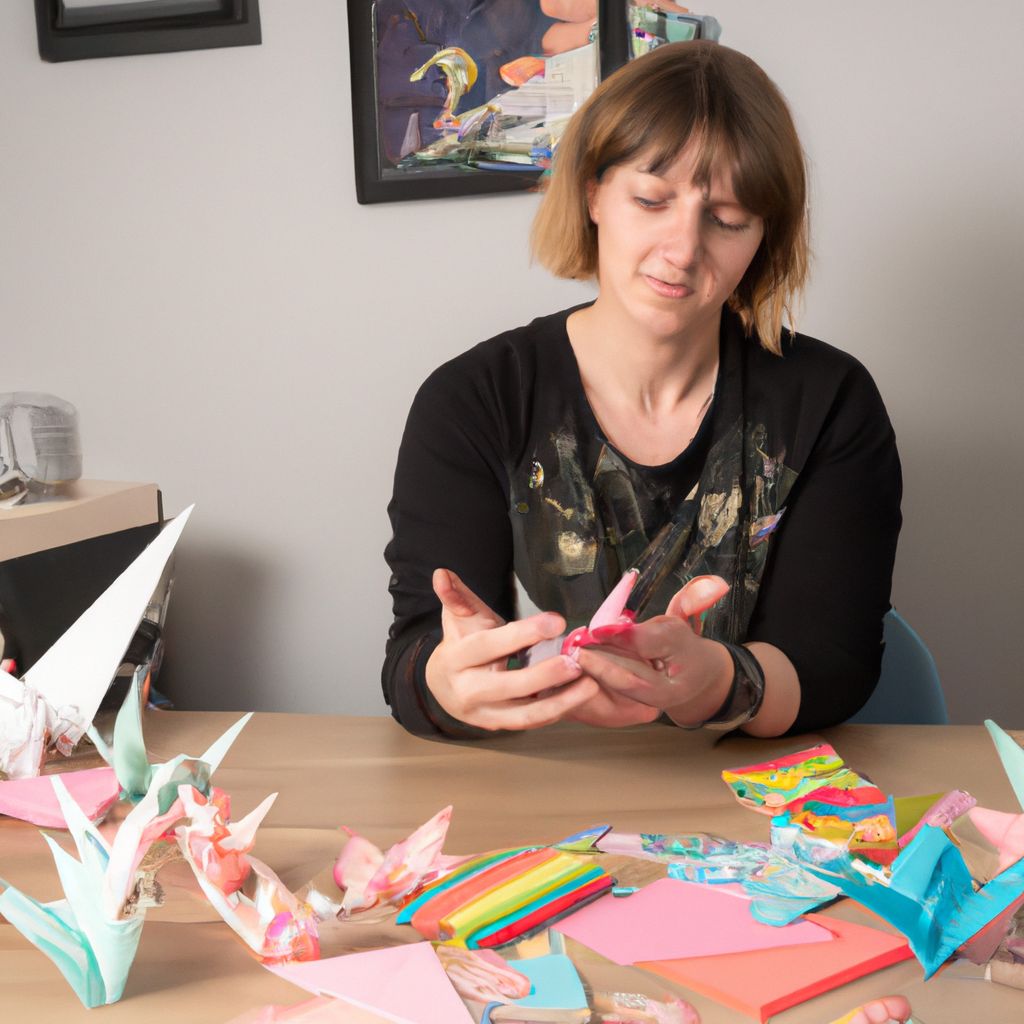
In conclusion, the world of paper crafting offers endless opportunities for creative expression, skill development, and even career advancement. Whether you're interested in the intricate sculptures of paper mache or the delicate folds of origami, there's a paper craft that's right for you.
If you're new to paper crafting, start with simple projects and gradually tackle more complex ones as your confidence grows. Remember to invest in good quality materials and take care of your tools. Most importantly, ensure your safety when handling sharp tools and adhesives.
As you delve deeper into this craft, don't be afraid to experiment and create your own designs. Join a crafting community to share your work, gain inspiration, and learn from others. Who knows? You might even turn your hobby into a successful business, just like the artists featured in our case study.
So, what are you waiting for? Grab some paper, get crafting, and discover the joy of transforming simple sheets of paper into beautiful works of art.


